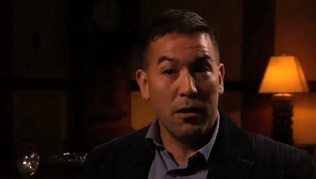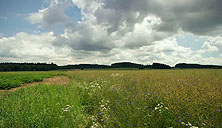 Play
Play


While offstage effects had commonly been used in opera and theatre to enlarge the depth of the action, symphonies before Mahler’s were usually composed on one sonic plane. To give depth to his world from the very beginning, Mahler asks that the trumpets be placed offstage, in the far distance.

Each of the regiments stationed in Iglau had its own band, and each band came from a different corner of Europe. Nevertheless, military signals were the same all over the Empire, and literal quotes of these trumpet calls abound in Mahler.
In the Third Symphony, the call of “Fall in!”
brings the daydreaming posthorn back to earth.
The Fifth Symphony opens famously and strikingly with a haunting trumpet solo that seems to warn us of approaching tragedy. The passage is made up of two common signals, changed from major to minor:
the General Appel (General Call)
and the call Habt Acht! (Take Care!)
Privacy Policy | Terms of Use | SFSymphony.org | SFSkids.org | Contact Us
© 2011 San Francisco Symphony. All rights reserved. Keeping Score® is a registered trademark of the San Francisco Symphony.